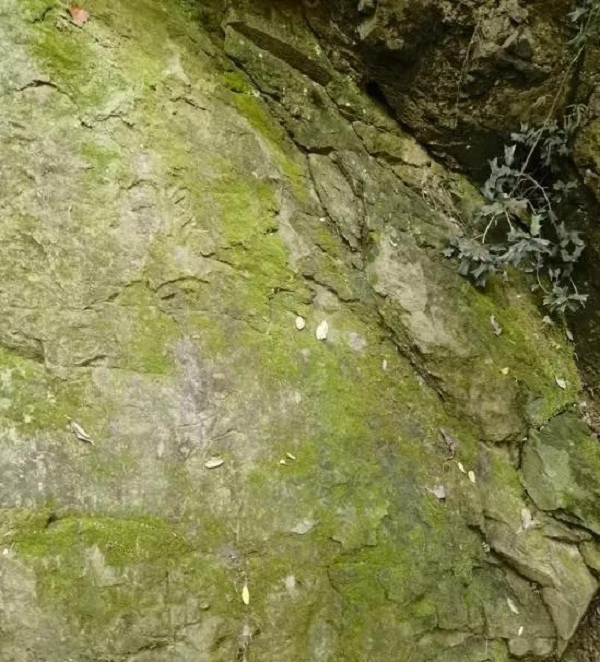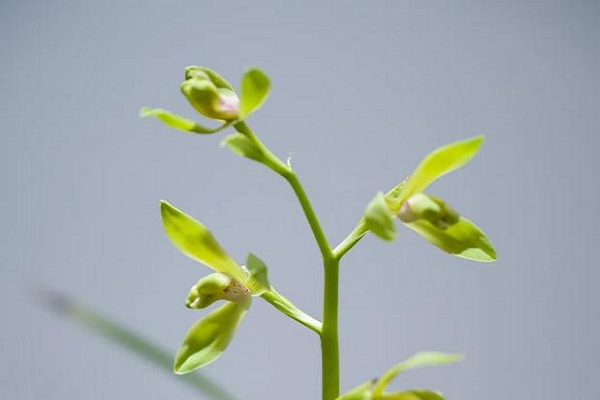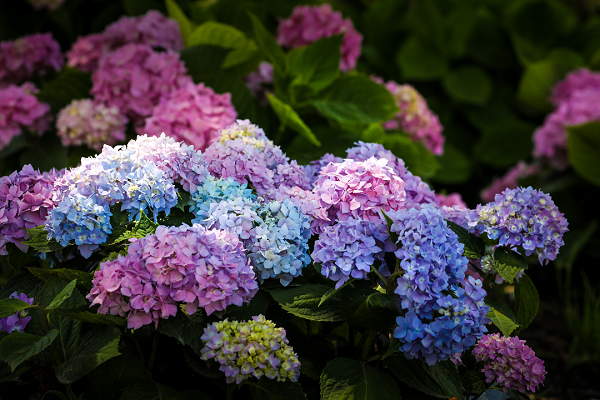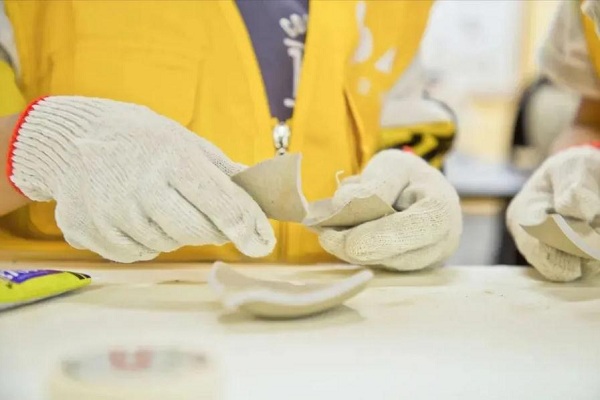During the recent May Day holiday, local artist Pang Fei made a remarkable discovery while sketching on Tianma Mountain – located in the Shanghai Sheshan National Tourist Resort, in the Songjiang district of East China's Shanghai.
Nestling behind lush greenery near Yinmachi pond – a popular attraction in the area – there lay a hidden gem: a cliff carving dubbed Lang Jia Yan (Chinese: 㫰甲岩), discovered by Pang.
Research by Chang Yong from the institute for cultural and creative research in Songjiang district revealed that the carving likely dates back from the Southern Song Dynasty (1127-1279) to the Ming Dynasty (1368-1644) eras.

The cliff carving, covered by moss, is not easily noticeable, but with careful observation it can be distinguished. [Photo/WeChat account: sheshanlvyou]
The significance of the find, particularly given the ongoing fourth national census of cultural relics, is said by experts to be profound. They say it enriches Tianma Mountain's cultural landscape and served as a fitting tribute to International Museum Day on May 18.
The characters Lang Jia Yan were first mentioned in writer Zhou Houdi's work Gan Shan Zhi from the Qing Dynasty (1644-1911), citing Lu Tingzhen's Gan Shan Za Zhi from the Ming Dynasty.
"In the local dialect of Songjiang, there's a saying '㫰衣裳', where '㫰' means drying. In ancient times, '㫰甲' had a dual meaning. It symbolized a warrior's gratitude towards the emperor and loyalty, but it also signified a return to a peaceful life after military service," said the institute's Chang Yong.
"It's akin to letting the horse roam freely in mountains and taking off the armor to return to farming. This connection with Tianma Mountain's terrain is quite fitting," he added.


